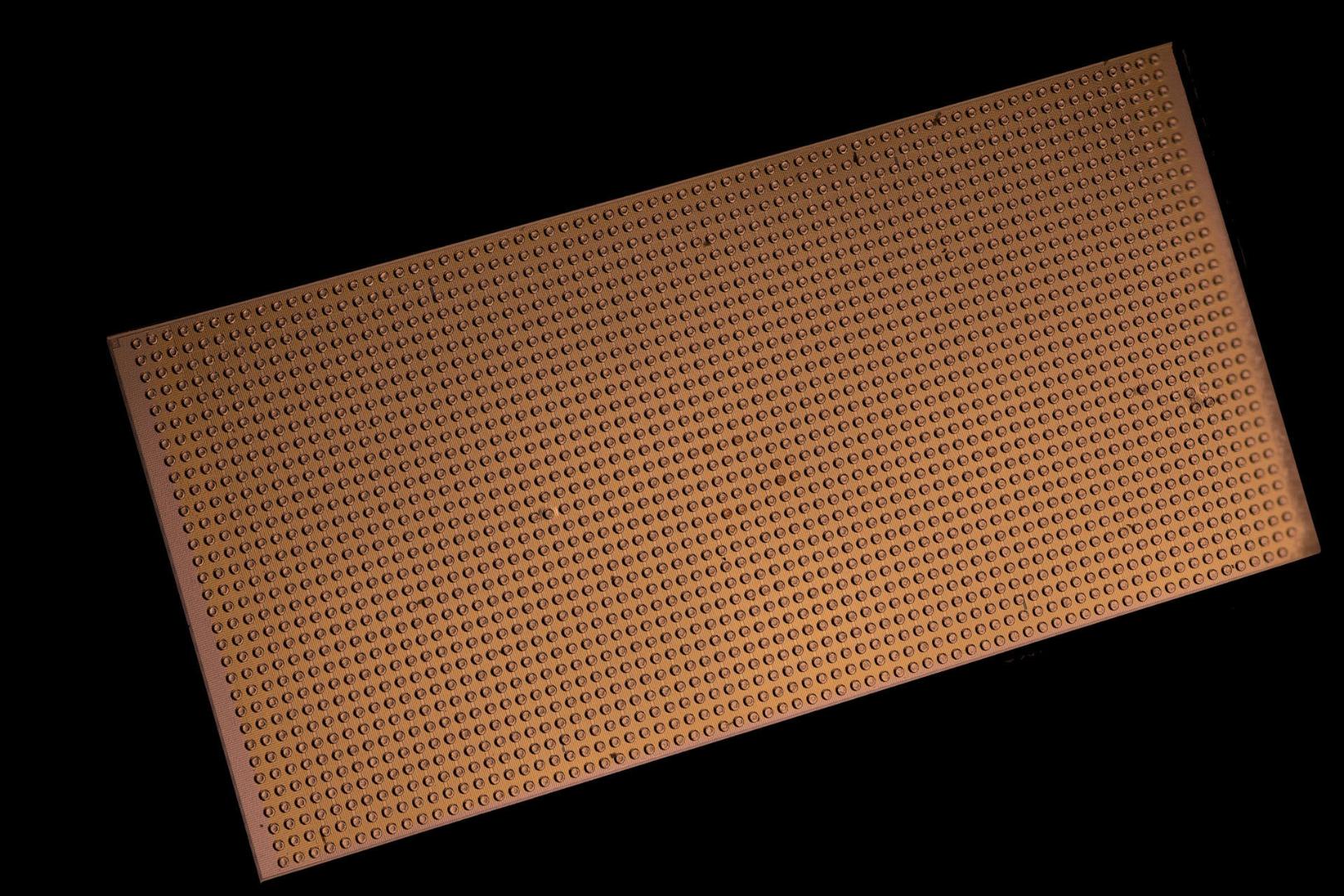Intel Breakthrough Neuromorphic Human Brain Inspired System
Today, Intel has built the world’s largest neuromorphic system. It is code-named Hala Point, this large-scale neuromorphic system, initially deployed at Sandia National Laboratories, utilizes Intel’s Loihi 2 processor. It is aimed at supporting research for future brain-inspired artificial intelligence (AI), and tackles challenges related to the efficiency and sustainability of today’s AI. Hala Point …











